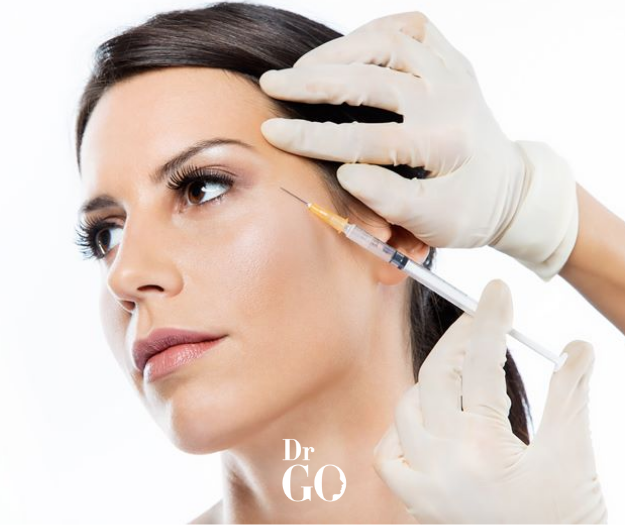In Turkey, temple fillers are rapidly gaining popularity as a minimally invasive, effective solution for patients experiencing sagging and volume loss, particularly in the upper face area.
As we age, many of the signs of ageing visible on our faces are not just related to wrinkles; in fact, volume loss is much more noticeable. One of the most overlooked areas in facial rejuvenation is the temples. While some faces sag with weight gain over time, others become thinner and less voluminous with age. This is particularly noticeable in the cheeks, chin and especially the temple area.
The Temple Area and the Natural Aging Process
Volume loss in the temple area is a natural part of ageing. As we age, soft tissues melt away, bone structure thins, and changes occur in muscle and connective tissues. This causes the temples to sink inward, deepening lines and giving the face a general aged appearance.
This change usually begins in the late 20s and becomes more pronounced in the 40s. A regular lifestyle, nutrition and genetic factors affect the ageing process. In aesthetic medicine, filler or fat injection into the temple area is among the preferred methods for non-surgical volume restoration.

Why is Temple Filler Preferred in Turkey?
As demand for non-surgical rejuvenation methods increases, temple fillers in Turkey stand out for their affordability, reliability and natural results. The temple area is the area between the outer edge of the eyebrow and the hairline, and plays a critical role in facial symmetry. Volume loss in this area accentuates a wide forehead, thin cheeks and an aged appearance.
With dermal filler injections, the temples are gently plumped up, slightly lifting the eyebrows and creating smooth transitions in the upper part of the face. When performed by an expert surgeon, upper facial aesthetics can be significantly improved without the need for surgery.
A Non-Surgical, Fast and Effective Method
Temple fillers are usually applied using hyaluronic acid-based fillers or, in some cases, the transfer of the person’s own fat tissue. As the skin is thin and sensitive, softer filler products and fine-tipped cannulas are preferred for the temples. This method minimises trauma and bruising in sensitive areas.
Thanks to local anaesthesia administered before the procedure or together with the filler, the treatment is virtually painless. The effects of the procedure, which takes an average of 15-30 minutes, are immediately visible. Mild swelling usually subsides within 2-3 days, allowing the patient to quickly return to their daily routine.
How Long Does Temple Filler Last?
The permanence of the filler depends on the type of filler used, the patient’s age, metabolism, and application technique. On average, the results of temple fillers performed in Turkey last between 9 and 12 months. Long-term rejuvenation can be achieved with maintenance sessions.
Does Temple Sagging Make Your Face Look Older?
If your temple area makes your face look older or more tired than it actually is, it may be beneficial to consult with an experienced cosmetic surgeon. This area is often neglected in classic anti-ageing treatments, but with the right intervention, the harmony and youthfulness of the face can be greatly enhanced.
At my clinic in Istanbul, I offer personalised treatment plans that deliver natural results tailored to each patient’s face and expression. With temple fillers, it is possible to achieve solutions that are imperceptible but create a rejuvenating effect on your face.







